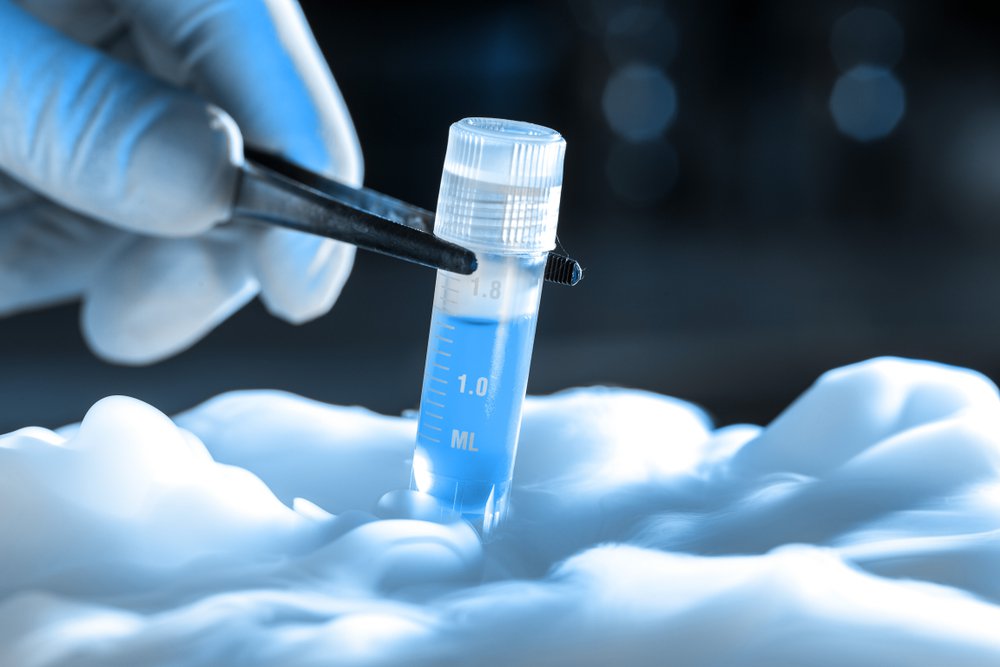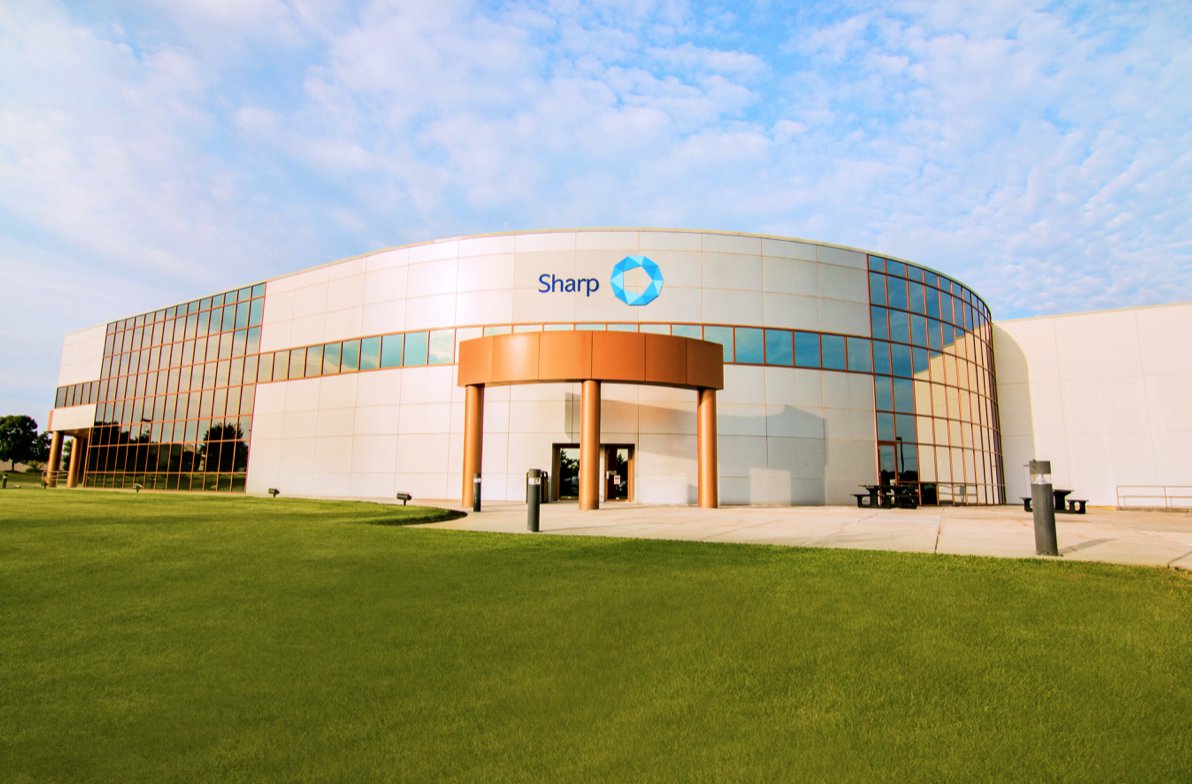Priya Baraniak, Ph.D, Chief Business Officer and Dominic Mancini, VP Operations at OrganaBio explored early cryopreservation as a stepping stone to sustainable cell and gene therapy manufacturing in our latest EPM Magazine issue.
Scalability and sustainability have become choke points for cell and gene therapy (CGT) manufacturing, hindering efforts to improve accessibility to these novel life-saving medicines. Many developers are wrestling with logistics in their efforts to overcome limitations linked to cost, development time, product quality, and patient waits. For both autologous and allogeneic cell-based therapies, the way starting material is shipped has sparked a significant debate around if and when to transition from fresh to cryopreserved cellular materials. The field is also exploring new advances that would give the makers of CGTs even more flexibility in their cold chain.
Fresh leukopaks are often preferred for the presumed advantages in cell counts or functionality. International Society for Cell & Gene Therapy (ISCT) President Jacques Galipeau has said, “Mesenchymal stem cells are like sushi: fresh is best,” and this remains the prevailing wisdom for other cell types as well. But this preference must be reconciled with the reality that for every approved chimeric antigen receptor (CAR)-T therapy today, cryopreservation of patient apheresis materials is a critical intermediate step for shipping to the manufacturing site.
The reluctance to move to cryopreserved starting materials is, in part, because therapeutics developers have not completed sufficient comparability work to conclusively demonstrate the difference in therapeutic outcomes when using fresh versus frozen materials. However, even when fresh materials are shown to be superior, it is all about trade-offs. Fresh materials come with a host of challenges, like marrying donor collection scheduling to manufacturing availability, variability in cell yield and composition, and frequent delays in transportation. When materials aren’t frozen, and the clock is ticking, even minor delays or temperature excursions can result in degradation, potentially rendering materials unsuitable for further manufacturing. In addition, when manufacturing slots are missed, significant costs are incurred in materials, reagents and personnel, not to mention GMP suite fees if a developer is working with a contract development and manufacturing organisation (CDMO).
Moving to Cryopreservation
Cryopreservation, on the other hand, eases many of these pain points. Materials are carefully preserved at extremely low temperatures, allowing for longer-term storage to enable more flexible timelines. The field is rife with stories of trials – and patients – endangered by logistics failures. Even leading third-party logistics services don’t typically own their own jets, and some developers have resorted to chartering private planes for transportation of clinical apheresis material to mitigate risk to clinical manufacturing. These stopgap solutions are not scalable nor suitable for commercial manufacturing, and they render the therapeutics cost-prohibitive to most people. To democratise cell-based therapies, costs associated with the manufacturing of these drugs must be minimised.
The logistics of CGT manufacturing must account for issues like scheduling, which is uniquely complex for allogeneic therapies. Developers must undertake an often-painstaking search for just a few ideal healthy donors who will supply all the material for early clinical trials. Once they find an individual who meets their needs, developers who rely on fresh materials find themselves at the mercy of a donor’s day-to-day life. These are not employees, but volunteers whose ability to donate on a regular schedule can be impacted by a variety of unpredictable life events such as illness, childcare and work schedules.
In the case of autologous therapies, patients must often travel far to reach a clinical site or hospital where their material can be collected. In many cases, the patient’s health may be so compromised that they are unable to travel. In addition, something as innocuous as a flight delay may snarl collection scheduling and manufacturing. Through cryopreservation, developers and their supply chain partners can give patients and donors flexibility in their appointments and ensure availability doesn’t bring manufacturing to a halt.
Utilising cryopreservation is also likely to reduce barriers to patient access. It can drive down total development costs, which can impact the ultimate price to payers. But just as important, it enables the easier delivery of living therapies to rural areas and underdeveloped countries. Most people don’t live near an esteemed cancer centre, like MD Anderson or Memorial Sloan-Kettering, and manufacturing at scale today relies on centralised hubs. If you live far away from a suitable treatment centre, the odds of getting a therapy dependent on fresh starting materials shrinks drastically.
Starting the Transition Early
To mitigate the hurdles and costs associated with transitioning from fresh to cryopreserved materials, the transition should ideally begin early in the discovery process – in general, the earlier the better. When a therapy needs to be transitioned to a cryopreservation process during clinical development, it necessitates extensive comparability studies and potential modifications to the Investigational New Drug (IND) application, or a new application all together.
Frozen cellular materials are more expensive to make, including state-of-the-art formulation media and freezing in controlled rate freezing equipment, and are typically shipped in expensive liquid nitrogen systems. As a result, it may be tempting to rely on fresh materials early on when developing a new therapy. The significant downstream costs of commercialising a therapy reliant on fresh materials are rarely considered during early stages of development. Although using frozen materials presents a higher upfront cost, the overall cost of the program is less than when using fresh materials.
If the final drug product quality is inadequate when starting with frozen materials, it would be better to find out quickly and adapt the processes or, if necessary, fail sooner and allow developers to pivot before costs spiral.
There are a variety of approaches for performing comparability studies to enable the transition to frozen, typically including a combination of fresh and frozen materials from the same patient or donor, allowing researchers to mitigate the impact of donor-to-donor variability.
Groundwork for Future Advances
While cryopreservation has become the standard for preserving commercial CGT materials, technologies in development today have the potential to expand access even further. Some cells deteriorate with cryopreservation, reducing cell viability and functionality. This is a particular problem for natural killer (NK) cell therapies, which do not recover well in the days post-thaw. Here, companies are pursuing relatively new biopreservation media which protect cells and extend shelf-life at refrigerated or ambient temperatures.
Additional work in lyophilisation, or freeze-drying, could help circumvent the challenges associated with maintaining a cold chain, potentially revolutionising the global access to CGT therapies. Many drugs today are lyophilised, an innovative solution that allows shelf stability of biological materials at the range of ambient temperatures. The United States Department of Defense has invested in lyophilisation research with the aim of developing methods to preserve blood-based products for rapid deployment in the battlefield where typical cold chain options are not practical.
Application of lyophilisation in the biopharma CGT space could help democratise access to these therapies across the world, but technical challenges remain steep. Cells and tissues are mostly water, and drying them out typically has devastating consequences. However, extracellular vesicles like exosomes are simpler and can be lyophilised more easily than cells. Similarly, lipid nanoparticles can be readily lyophilised and have tremendous application both as vaccines and as critical reagents to these more advanced cellular therapies.
Strategic Partnerships: The Key to Success
As the CGT field progresses, developers need consistent access to high-quality research- and clinical-grade materials. Companies that provide cellular starting materials, with established supply chains and expertise in donor recruitment, tissue collection and cell isolation, play a pivotal role in ensuring a steady and dependable source of materials, transported in whichever state best suits a developer’s needs.
These partners are critical and can assist in developing a well-thought-out strategy to transition from fresh to cryopreserved materials. They can also provide guidance on critical process parameters (CPPs) and critical quality attributes (CQAs), helping with chemistry, manufacturing and controls (CMC) planning in advance of regulatory engagement. When it comes to cryopreservation, regulatory agencies are primarily concerned with safety. An experienced supply chain partner will ensure cryopreservation media used to formulate starting materials are GMP-ready and registered with the Food and Drug Administration (FDA), or other pertinent regulatory agency.
Through improvements in cryopreservation, and innovations on the horizon like biopreservation and lyophilisation, the CGT industry is on the path to overcoming the cold-chain challenge and making a more significant impact on healthcare worldwide. By starting the transition early and collaborating with reputable providers of cellular starting materials, developers can position themselves to ensure a robust supply of these critical starting materials and development of a sustainable and scalable manufacturing process. Ultimately, the goal is to make these therapies accessible to all, regardless of geographical location or logistical constraints.


.jpg?cb=b638c9248dd3f6924bbb7bfb2de5b511&w=1200)

